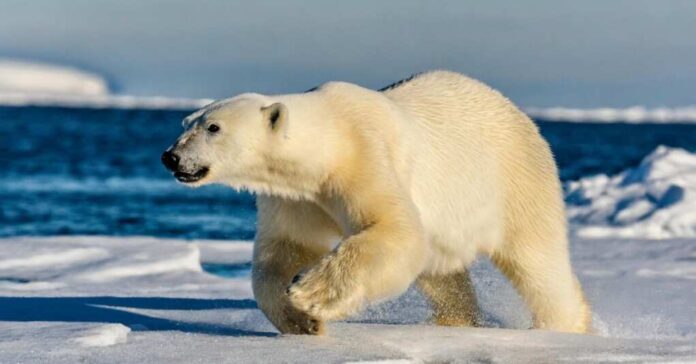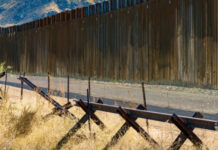
Polar bears are not just grappling with shrinking ice and hunting grounds—they’re now facing a new, insidious threat: exposure to dangerous pathogens. As their icy habitat melts due to rising global temperatures, polar bears are being forced into new environments, where they come into contact with unfamiliar bacteria and viruses. Researchers warn that this could lead to a range of health problems for the already struggling species, making their survival even more precarious.
The warming Arctic has drastically changed the natural landscape. Polar bears, who traditionally rely on sea ice to hunt seals, are spending more time on land. As they migrate closer to human-populated areas, or even scavenge through waste left by nearby settlements, their risk of encountering pathogens increases. Scientists have detected a rise in infections and illnesses among bear populations, leading to concerns that these new health challenges could speed up their decline.
For years, polar bears have been seen as the poster species for climate change. Their plight—emaciated figures searching for food—has been a stark reminder of the planet’s warming. But the risk of pathogens introduces an additional, often invisible danger. Some viruses and bacteria that thrive in warmer waters or land environments are now threatening these predators, including conditions that could affect their ability to reproduce, hunt, and thrive.
Polar biologists are still working to understand the full scope of this issue. The sudden increase in pathogen exposure could lead to long-term health issues for the bears, including weakened immune systems and even higher mortality rates. “We are entering uncharted territory,” said Dr. Jessica Blanchard, a leading researcher in Arctic ecosystems. “We’re now seeing not just the environmental but also biological consequences of the changing climate, and the situation is dire.”
In response, some conservationists are calling for stronger measures to protect what remains of the Arctic ice and to minimize human impact on these fragile ecosystems. Yet, the fight is an uphill battle. With major industries eager to exploit the thawing Arctic for oil, gas, and shipping lanes, balancing economic interests with wildlife conservation continues to be a challenge.
The story of the polar bear has always been one of survival against the odds. Still, their ability to navigate a warming world filled with new threats remains uncertain. Without immediate action to curb climate change, these majestic creatures may find themselves caught in a losing battle, not just against the melting ice but against microscopic enemies as well.















